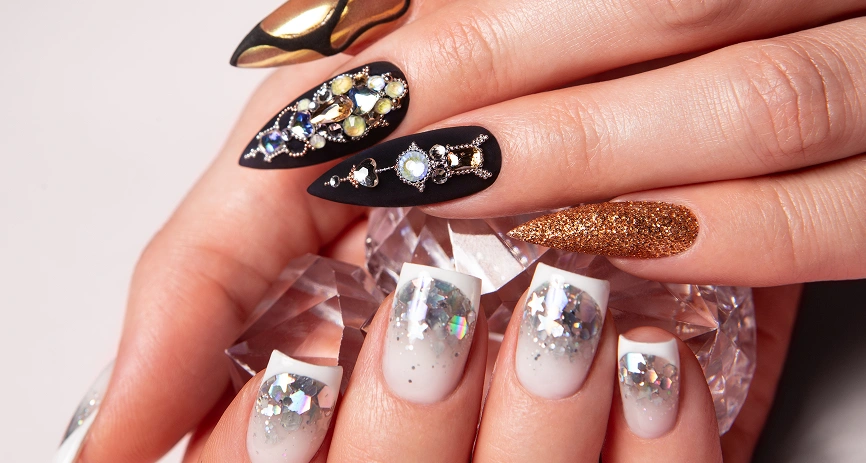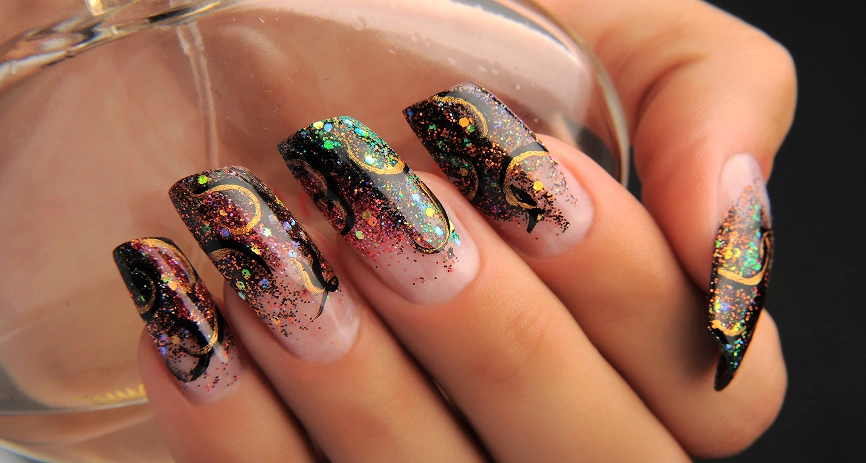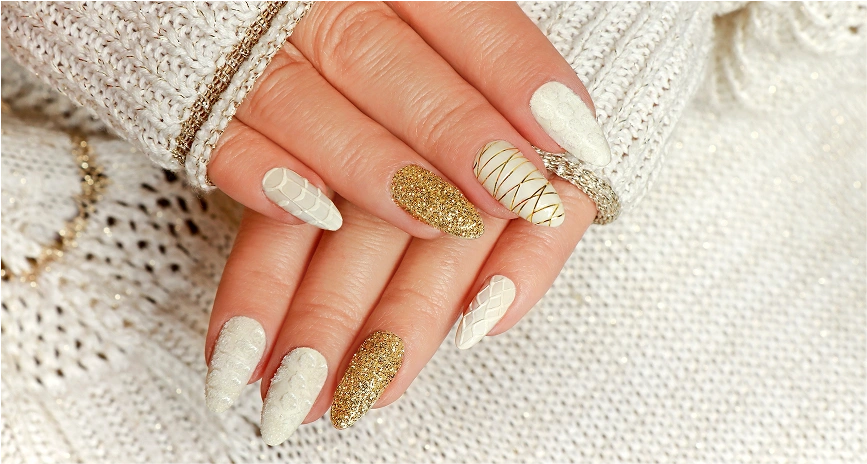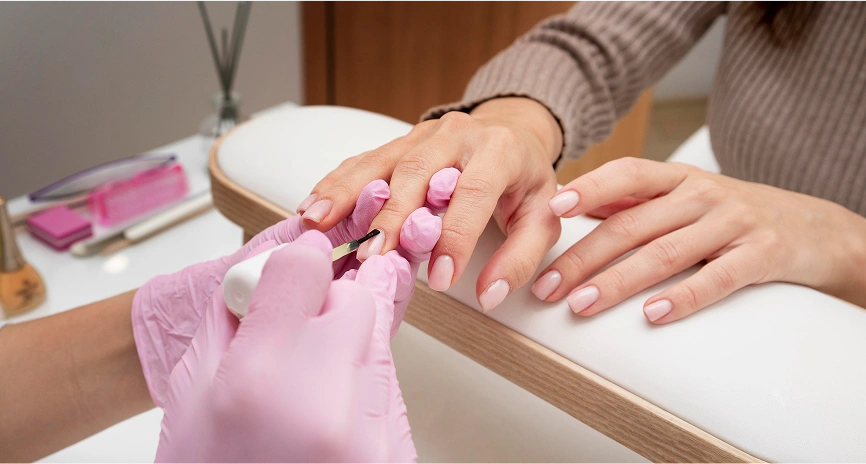
Top 10 Head Massage Benefits for Stress Relief and Relaxation
One of the easiest ways to relax and let go of stress is to get a head massage. The gentle pressure on the scalp helps calm busy thoughts, relax tense muscles, and make you feel better, which is good for both your body and mind.








